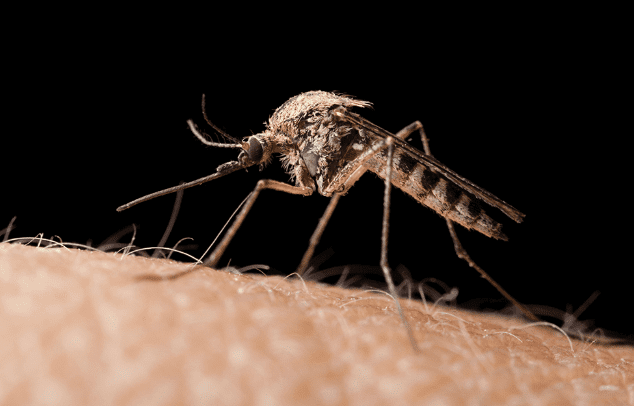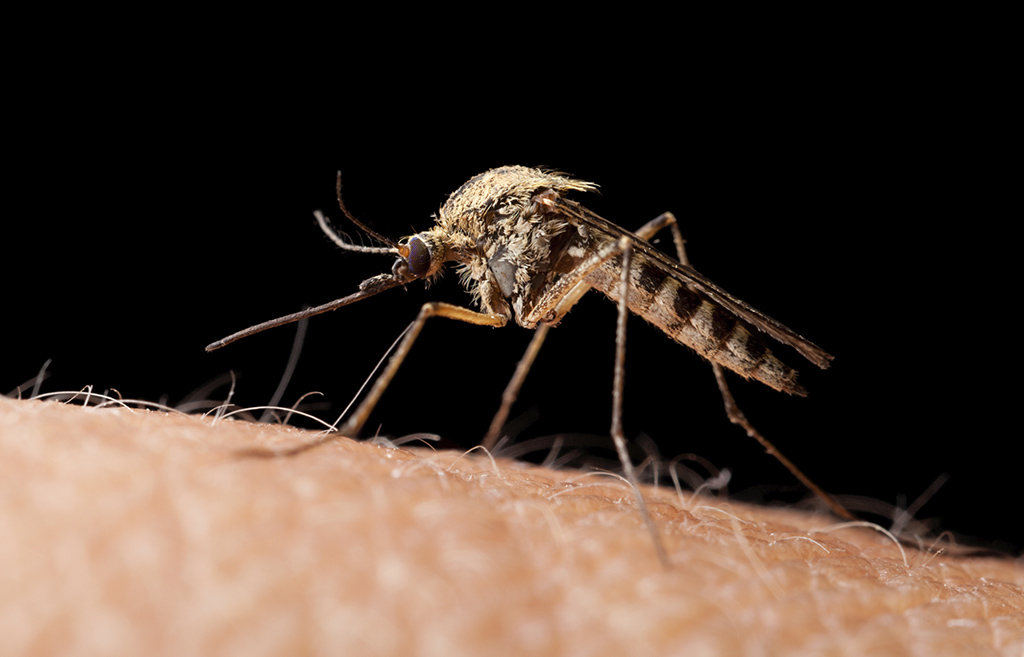Itches and Rashes During the Summer in Chicago
Warm weather takes us outdoors day and night, soaking in the sun, chasing lightening bugs and enjoying a walk in the woods or prairie. While you spend time outside, you may encounter more things that cause itches and rashes during the summer.
While these are the experiences childhood is made for, Alzein Pediatrics wants to remind you to take a few precautions, keep your eyes open and know when nature mishaps may need medical attention.
Mosquito and Tick Bites.
They aren’t just an itchy, red and swollen annoyance. Mosquitos and tick bites can cause many itches and rashes during the summer if you are not careful.
West Nile infected mosquitos have already been found in Illinois this season, and that means your child – and you – could become seriously ill from just one puncture. Mild West Nile symptoms include a fever and headache, aches and rashes, and swollen lymph glands.
Lyme Disease is transmitted through infected ticks and causes the same symptoms as that of the flu, but often includes a bull’s-eye type of rash. It is often misdiagnosed. Lime Disease can be life-changing if not treated promptly.
Protect your whole family, including yourself, with an insect repellent that contains 20-30% DEET (N, N-diethyl-m-toluamide) and apply as directed on the product. Make sure you reapply if you are sweating or engaging in water play. Avoid areas with standing water and woody areas with high grass and dead leaves. Dump any standing water in your own yard, even if it’s just an inch deep.
For photos of ticks and Lyme Disease rash, and to see more itches and rashes during the summer and how they look, click here.
Poison Ivy and Poison Oak.
Itches and rashes during the summer can also be caused by two poisonous plants known as poison oak and poison ivy.
“Leaves of three, let them be.” Poison ivy and poison oak have green shiny leaves that grow in groups of three. Both plants’ sap contain urushiol, which is an allergen for about 85% of us. Brushing against a broken leaf or twig releases the sap, which then causes a red, blistering rash that can take about two weeks to heal.
When taking your family to the woods or nature center, keep to the trails, wear long pants and long sleeves and wash thoroughly when you’re back at home. If your child is exposed, apply calamine lotion or hydrocortisone cream to soothe the itch. Call our office and ask about giving your child an antihistamine if itching becomes severe.
To help identify poison ivy and poison oak, click here.
Wild Parsnip.
Sunburned by a plant? Yes! Brushing against the leaves, stems, flowers or fruit of wild parsnip causes an intense, localized burn. This non-native plant has spread to the Midwest, which means more and more people are encountering it in their hikes and nature walks. Psoralen in the parsnip, along with exposure to sunlight, causes the burns, which can range from a mild “sunburn” to blistered, scalded areas.
Keep to the trails, wear long pants and long sleeves and wash thoroughly after your walk. Cover affected areas with clean, cool, wet cloths. Apply an antibiotic ointment or cream if skin blisters or is broken.
To help identify wild parsnip, click here.
Identifying Itches and Rashes During the Summer in Chicago
There are many types of itches and rashes that your child may encounter during the summer. When you are looking to keep them safe and avoid further problems, identifying the rash or itch and working with their doctor can be a smart decision.
When your child has a severe reaction or rash from any summer bite or brush with nature, call Alzein Pediatrics at 708-424-7600. We’ll make a same-day appointment to ease your child’s pain.



